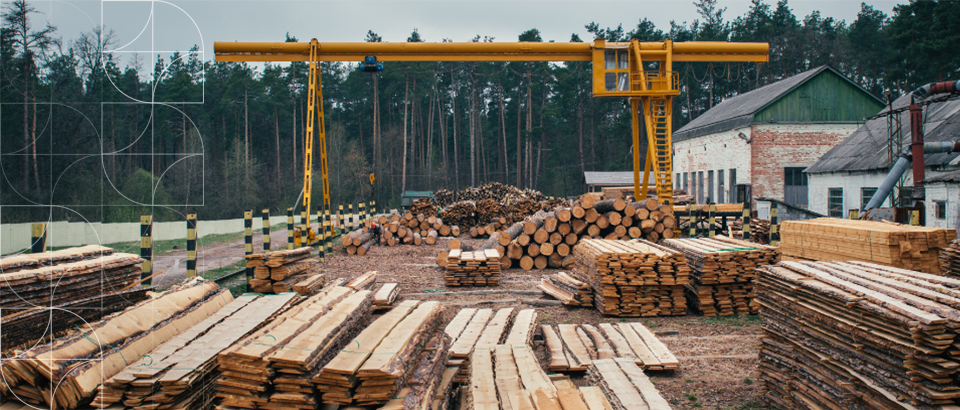Local Authorities owe a duty of care to their neighbours

Local Authorities owe a duty of care to their neighbours
Friday 15 September, 2017
A recent decision of the High Court is a timely reminder to Councils of their obligations as a landowner to owners of neighbouring properties.
Double J Smallwoods Ltd v Gisborne District Council [2017] NZHC 1284, involved a claim by a sawmilling business for damages caused as a result of a fire, which spread through land owned by Gisborne District Council (‘the Council’) on to the sawmill land. Smallwoods claimed in nuisance, negligence and strict liability arguing they had suffered an unreasonable interference with their right to use and enjoy their property because the vegetation growing on the Council land posed a fire hazard which increased the risk of fire spreading.
The Court found that the fire had been deliberately lit (by unknown third parties) and that the vegetation (pampas/toe toe, weeds and scrub) on the Council land had been a major contributor to the development and spread of fire. If the Council land had been cleared and maintained, the fire would have spread more slowly and would likely not have spread to Smallwoods’ property.
Negligence
The Smallwoods’ claims of strict liability and nuisance failed; however they were successful in arguing the Council had been negligent. A land owner (or occupier) owes a duty of care to his or her neighbours to ensure that hazards occurring on the land (whether natural or man-made) do not cause loss or harm. That duty obliges an owner to take reasonable steps to remove or reduce such hazards where it is foreseeable that a neighbouring property might be harmed. The duty depends on knowledge of the hazard and the ability to foresee the consequence of not dealing with it.
In this case the Court found that Council knew of the significant risk posed by the pampas grass on its land. That awareness created a duty to take reasonable care to reduce the fire risk. The Court confirmed that the fact that the Council was a territorial authority was not relevant to the existence of that duty; the determining factor was the control over the land where the hazard arose.
The issue was therefore whether the Council had acted reasonably in not taking active steps to remove the vegetation. The Council’s position was that it was reasonable to allow vegetation to remain on the land to mitigate the risk of erosion of the bank and to improve water quality. It argued that to expect the Council to keep the grass mown and devoid of scrub which might be set alight by a third person, in order to protect neighbours from the potential spread of fire, was unreasonable and would amount to an interference with its right to use the land.
The Court found that, in the circumstances, the Council had breached its duty of care by failing to remove the vegetation. Previous fires, the known fire hazard of the vegetation, and the frequency of hot dry summers and potential for high winds, together created a risk that the Council reasonably should have considered and addressed. The Judge was also satisfied that if the vegetation had been removed the losses would have been avoided.
However, the Court also concluded that Smallwoods had not adopted reasonable risk management measures on its own property. A reasonable manager of a timber yard would have implemented measures to protect the yard from the spread of fire by ensuring the site was clear of vegetation and combustible material was stored away from the boundary. The damages to the plaintiffs were accordingly reduced by 50%, leaving Council’s final liability at approximately $900,000.
Effect of decision
The decision makes clear that local authorities, as landowners, owe the same duty of care to their neighbours as any other owners. Councils need to be particularly careful if they own land that is not being actively used or managed; even if land is vacant and not in use a land owner must ensure that there are no hazards occurring on their land (whether natural or man-made) that could cause loss or harm to neighbouring properties.
Our local government litigation specialists can help you respond to claims by neighbouring owners and take steps to mitigate any potential liability.
Our thanks to Kate Cornege and Angela Vanderwee for contributing to this article.
Please contact Theresa Le Bas or James MacGillivray if you want to learn more about the issues discussed in this article.
To view the entire Judgement, please click here.





